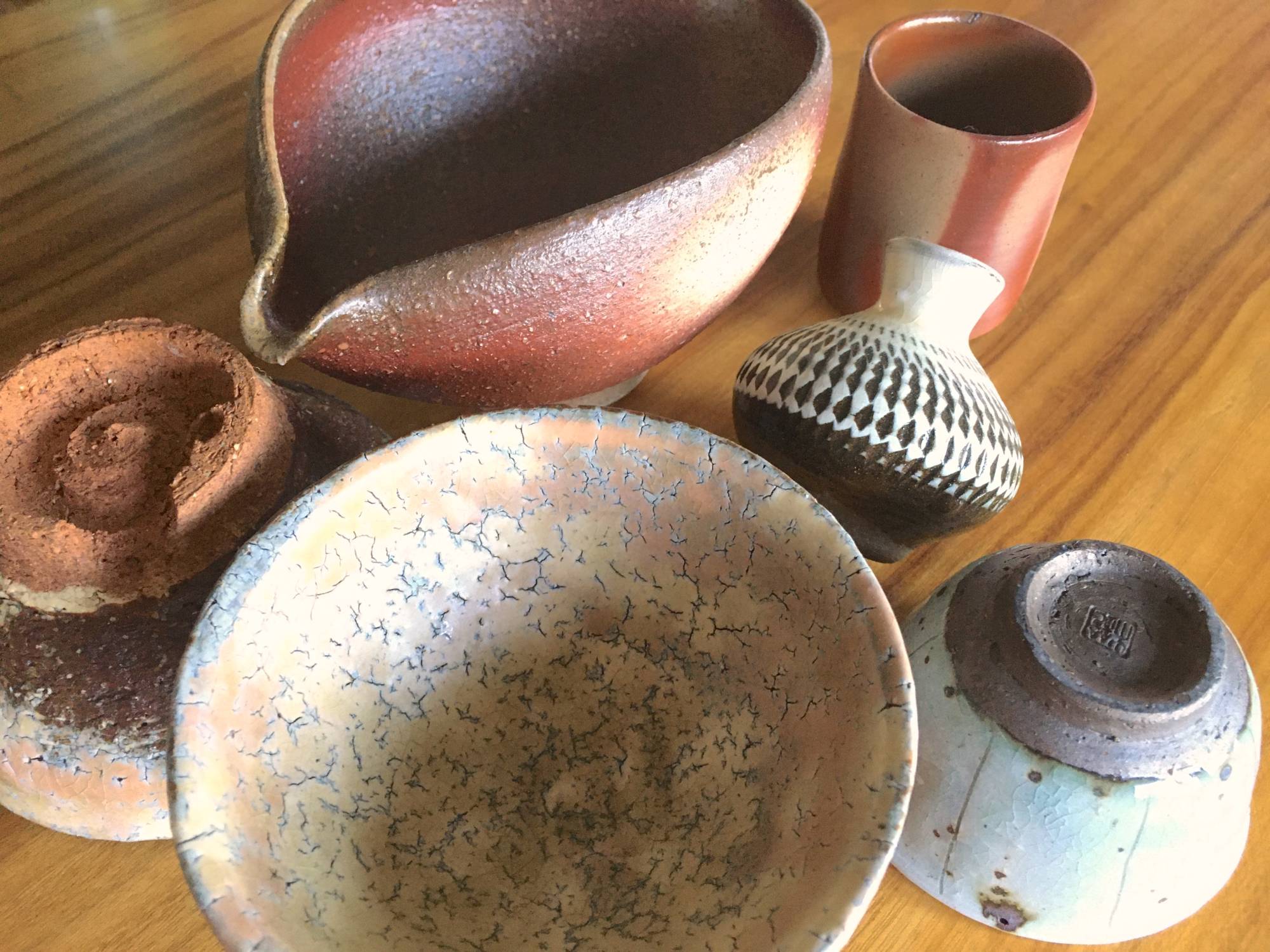As with many old civilizations, Japan is renowned for its 伝統芸術 (dentōgeijutsu, traditional arts). These come in the form of 有形文化遺産 (yūkei bunka isan, tangible cultural heritage) and 無形文化遺産 (mukei bunka isan, intangible cultural heritage). The former category includes items like Himeji Castle and the “Manyoshu,” while the latter features things such as kabuki theater and the country’s festivals.
Personally, I’ve always been interested in the 有形文化遺産, particularly 陶器 (tōki, pottery). I love the variety of 感触 (kanshoku, textures), 多色 (tashoku, many colors) and 柄 (gara, patterns), whether they’re drawn from nature, history or pop culture.
With nine whole days of 陶器 and other tableware on display at Tokyo Dome City’s Tableware Festival from Jan. 29 to Feb. 6, you can easily see what I’m talking about. Products from 窯元 (kamamoto, potters/producers) nationwide will be represented all in one place.



















With your current subscription plan you can comment on stories. However, before writing your first comment, please create a display name in the Profile section of your subscriber account page.